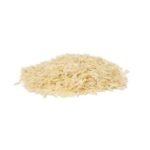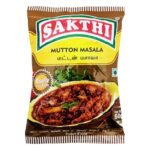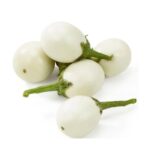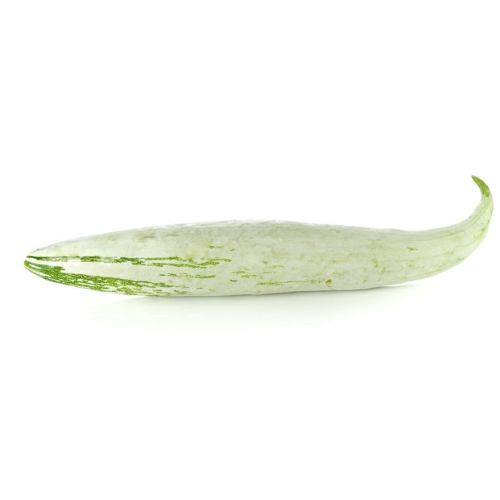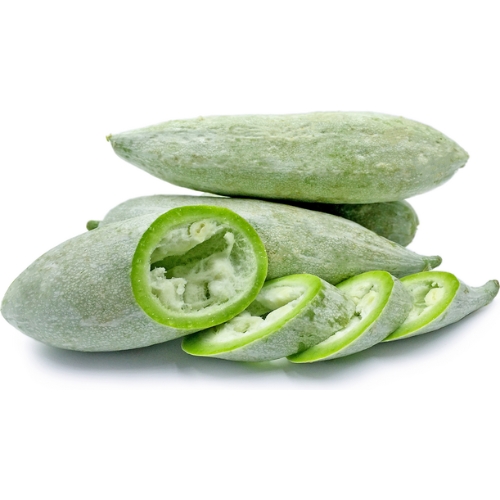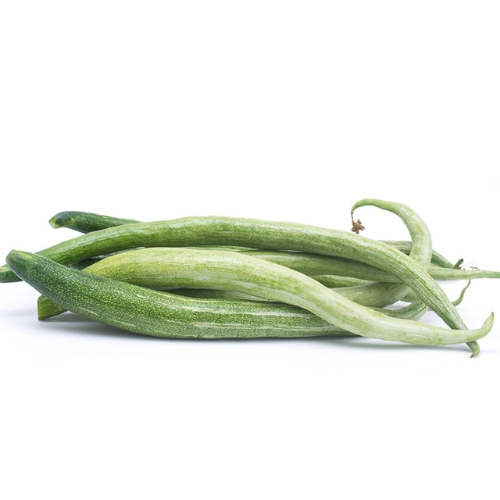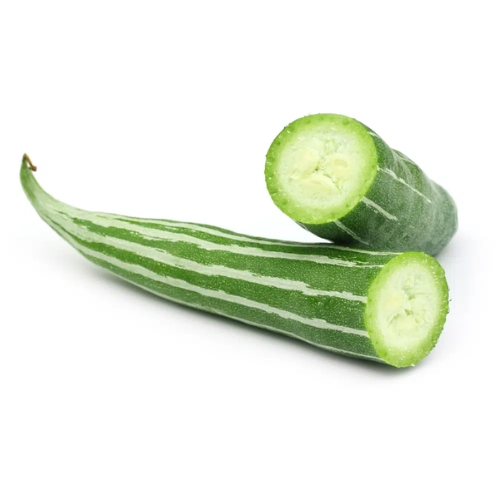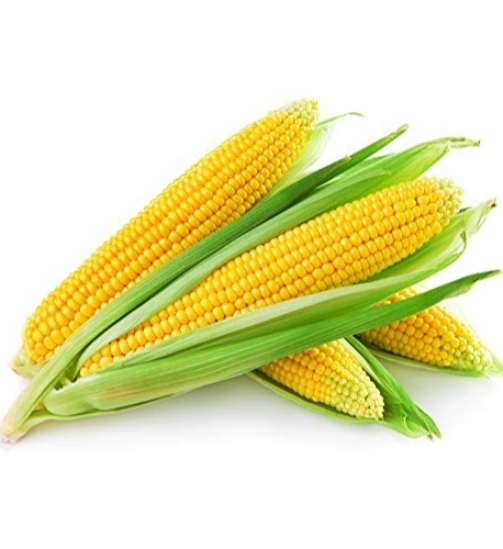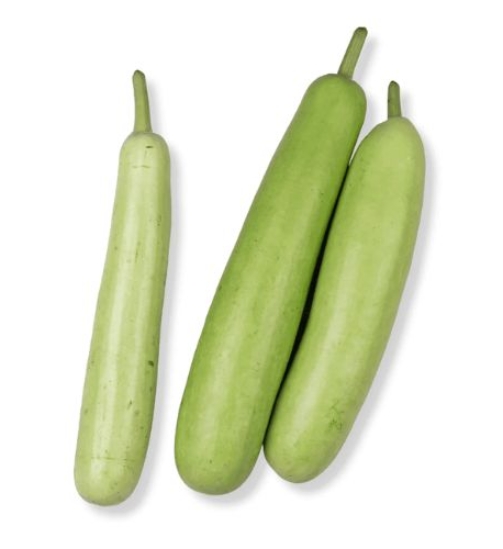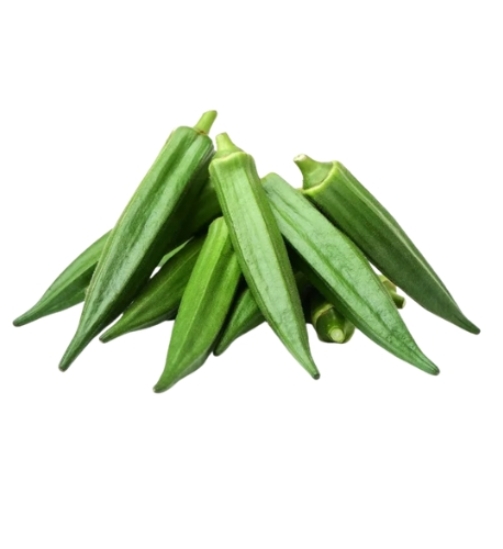Snake Gourd / புடலங்காய் – 1Kg
Sale!₹40.00 ₹45.00
- Origin: Native to South and Southeast Asia, widely cultivated in tropical and subtropical regions.
- Appearance: Long, cylindrical, curved gourds with smooth green skin, resembling a snake.
- Flavor Profile: Mild, slightly sweet flavor with a subtle hint of bitterness; tender flesh with a slightly crunchy texture when cooked.
- Nutritional Value: Low in calories; rich in fiber, vitamins (C, A), and minerals (potassium, calcium, magnesium).
- Health Benefits: Supports digestion, hydration, and weight management; may have anti-inflammatory and antioxidant properties.
- Harvesting: Typically harvested when young and tender, about 12 to 18 inches in length.
- Storage: Store in a cool, dry place or refrigerator; best consumed within a few days of harvesting or purchase.
Fresh snake gourd in kaaikani form presents the elongated gourds meticulously sliced or diced, arranged neatly in a dish or container. Each piece showcases a vibrant green color, inviting the senses with its crisp appearance.In this form, the texture of snake gourd remains tender yet slightly firm, offering a delightful crunch with each bite. The gourds are succulent and crisp, ensuring a satisfying culinary experience.
| Appearance | Snake gourd is characterized by its long, cylindrical, and curved shape, resembling a snake, hence the name. The skin is smooth and green when young, turning yellowish-orange as it matures. |
|---|---|
| Nutritional Value | Low in calories and rich in fiber, snake gourd is a nutritious vegetable. It contains vitamins such as Vitamin C, Vitamin A, and minerals like potassium, calcium, and magnesium. |
| Harvesting | Snake gourd is typically harvested when the fruits are young and tender, about 12 to 18 inches in length. Overripe fruits may become tough and bitter. |
| Storage | Fresh snake gourd should be stored in a cool, dry place or the refrigerator to maintain freshness. It is best consumed within a few days of harvesting or purchase. |
| Cultural Significance | Snake gourd holds cultural significance in many Asian countries and is often featured in traditional dishes and festivals. It is also used in traditional medicine for its purported health benefits. |

